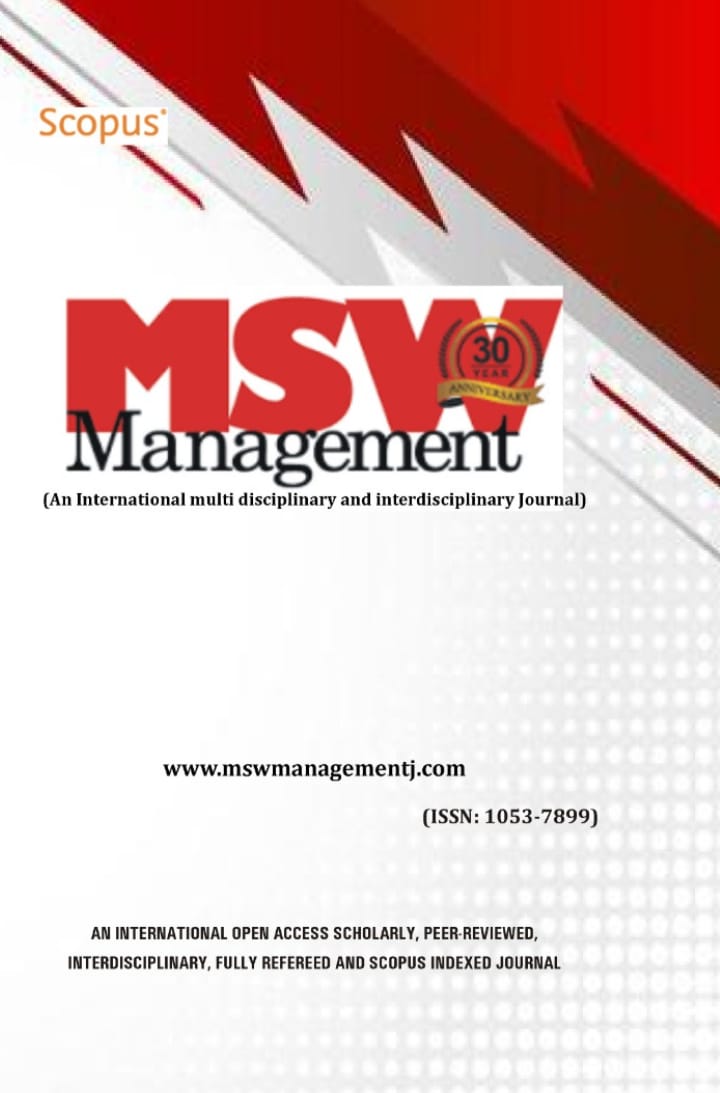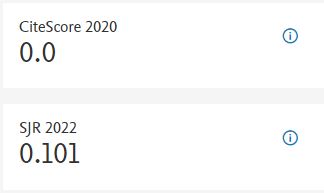From Epidemic to Declining Threat: Mapping Rabies Trends in South Asia, 1990-2019
DOI:
https://doi.org/10.7492/vnzkjc12Keywords:
South ASIA, Joint Point Software, Annual Percent change(APC), Rabies TrendAbstract
This study examines rabies prevalence and impact in South Asia from 1990 to 2019, focusing on India as a global epicenter. Despite worldwide public health advancements, rabies persisted as a significant threat, primarily transmitted by stray dogs. Our research utilized a multifaceted approach, analyzing infection rates, mortality figures, and control measure effectiveness to provide a comprehensive understanding of the rabies landscape in South Asia.Key findings reveal the persistent challenge of rabies control in the region, particularly in India, and highlight the critical role of stray dogs in disease transmission. Notably, the study identifies a cautiously optimistic trend: a decline in the rabies death rate across South Asia over the study period.This downward trajectory represents a significant milestone, reflecting the cumulative impact of sustained interventions by health workers, policymakers, and communities. While rabies remains a formidable public health challenge, the declining death rates offer hope for the future.The research concludes that this progress not only highlights the effectiveness of current strategies but also provides valuable insights for rabies control and prevention in other developing regions. These findings underscore the importance of continued efforts and offer a roadmap for further reducing the impact of this deadly disease in South Asia and beyond.

















